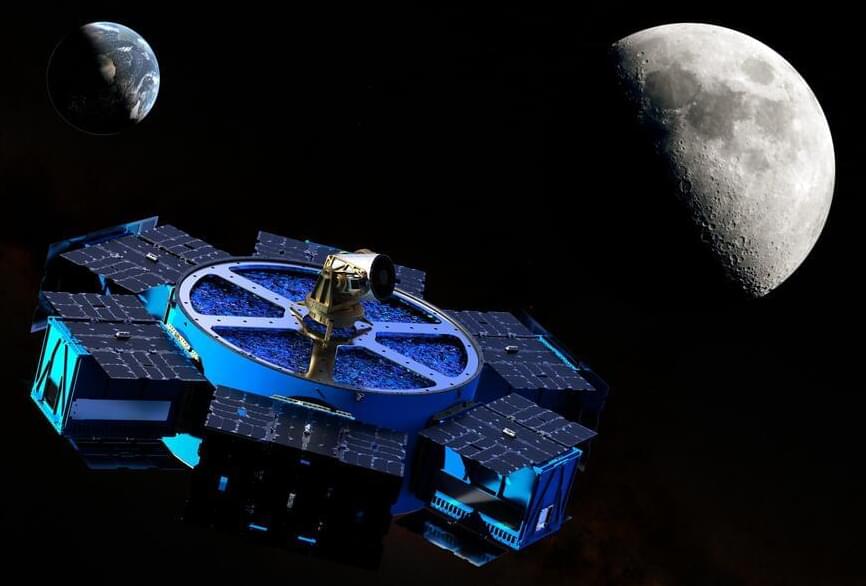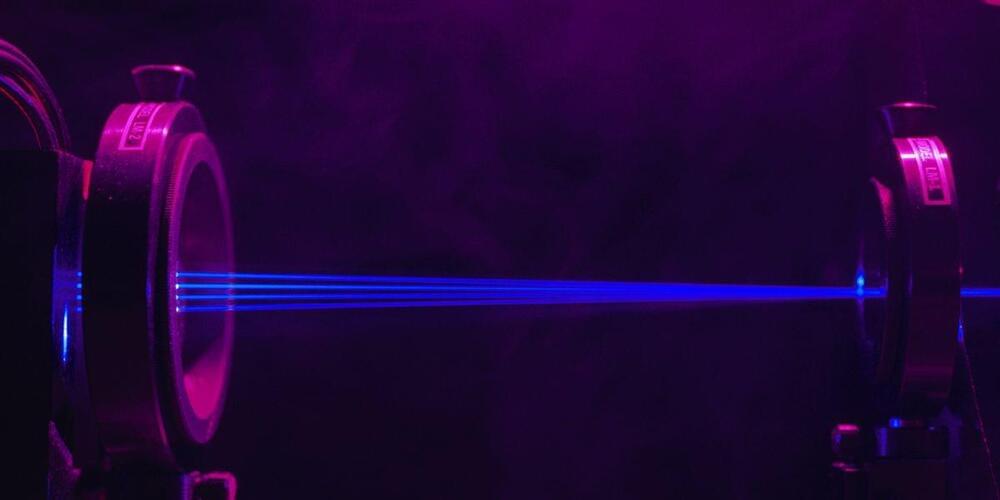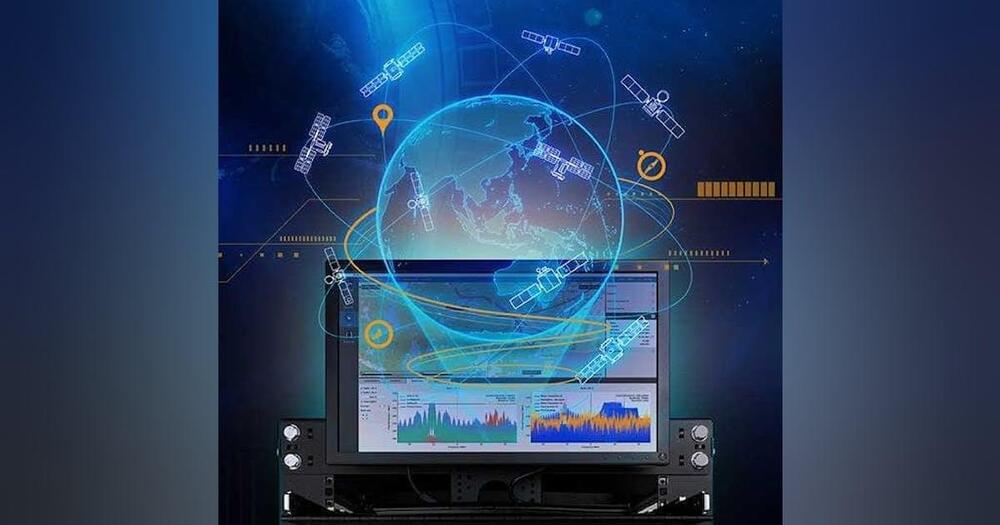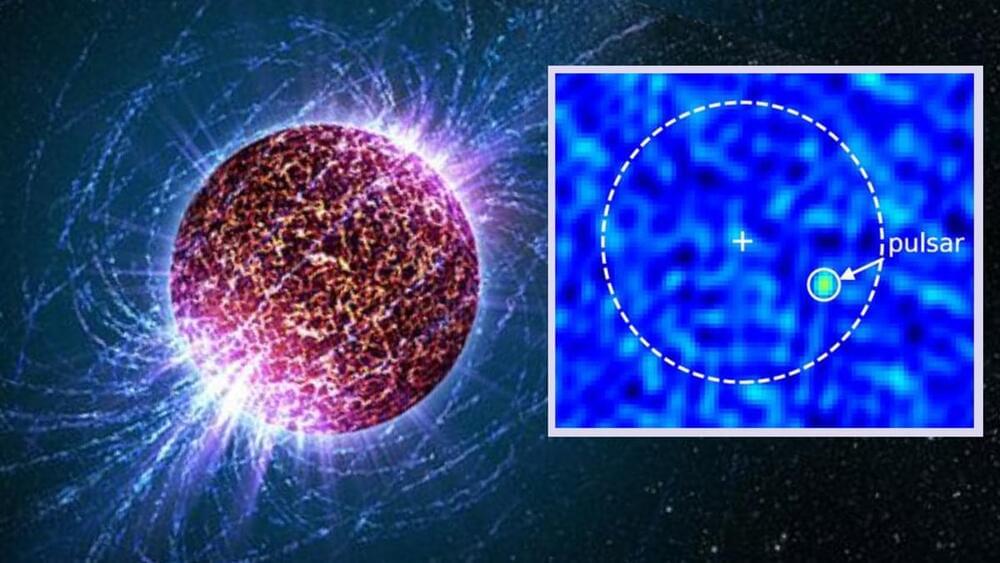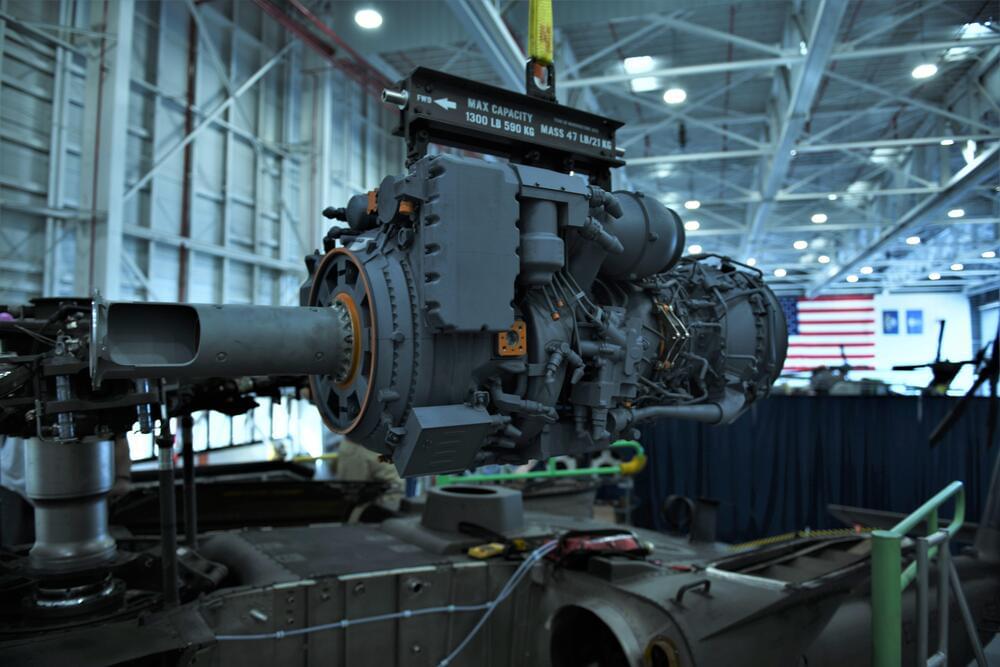Is Medical Director of the Adult Extracorporeal Membrane Oxygenation (ECMO) Program at Methodist Hospital, San Antonio, Texas. He is also the Medical Director of the Cardiovascular Intensive Care Unit at Methodist Healthcare System and the Texas IPS Critical Care Service Line (https://texasips.com/jeffrey-dellavol…). He also serves as chair of the Joint Society of Critical Care Medicine/Extracorporeal Life Support Organization Task Force and has created a platform for ECMO training and ECMO transport (https://ecmotransports.com/about/).
ECMO is a form of extracorporeal life support, providing prolonged cardiac and respiratory support to persons whose heart and lungs are unable to provide an adequate amount of oxygen, gas exchange or blood supply (perfusion) to sustain life.
Dr. DellaVolpe served as a Flight Surgeon with the 27th Special Operations Wing where he deployed twice in support of Operation Enduring Freedom – Trans Sahara. After completing his fellowship, he was assigned to the San Antonio Military Medical Center where he served as a critical care physician and a member of the 59th Medical Wing Critical Care Air Transport Team and Acute Lung Rescue Team.
Dr. DellaVolpe is originally from Newport, RI. After receiving his bachelor’s degree at Dartmouth College, he went on to attend medical school at Tulane University School of Medicine. He then completed his residency in Internal Medicine at Tulane Medical Center and his fellowship in Critical Care Medicine at the University of Pittsburgh Medical Center.
Dr. DellaVolpe wrote The ECMO Book, published Elsevier Health Sciences, in 2023 (https://www.us.elsevierhealth.com/the…).
#JeffreyDellaVolpe #MedicalDirector #ExtracorporealMembraneOxygenation #ECMO #MethodistHospital #SanAntonio #Texas #Cardiovascular #IntensiveCare #CriticalCare #LifeSupport #ProgressPotentialAndPossibilities #IraPastor #Podcast #Podcaster #ViralPodcast #STEM #Innovation #Technology #Science #Research

